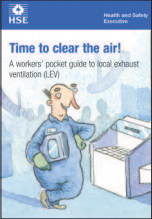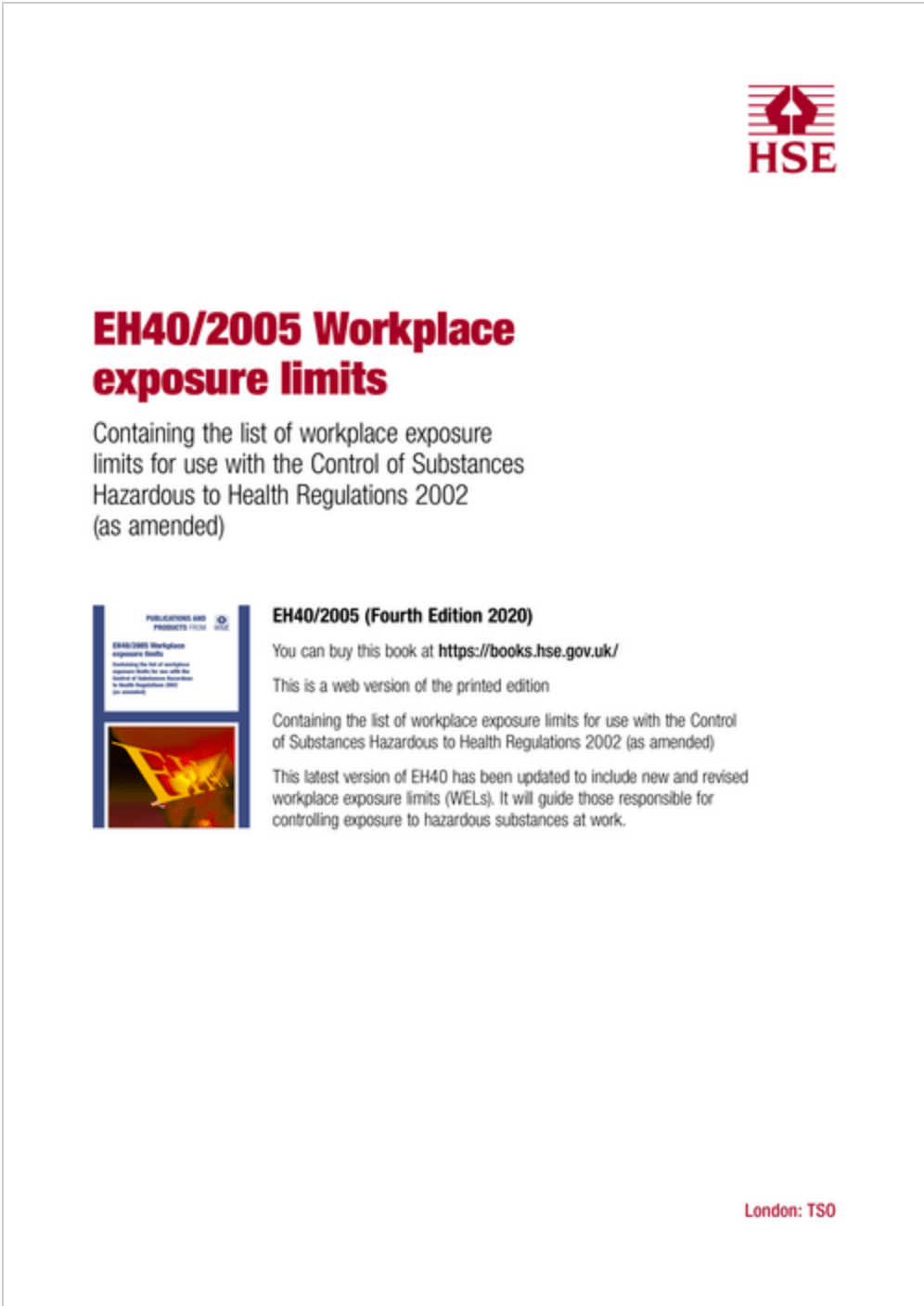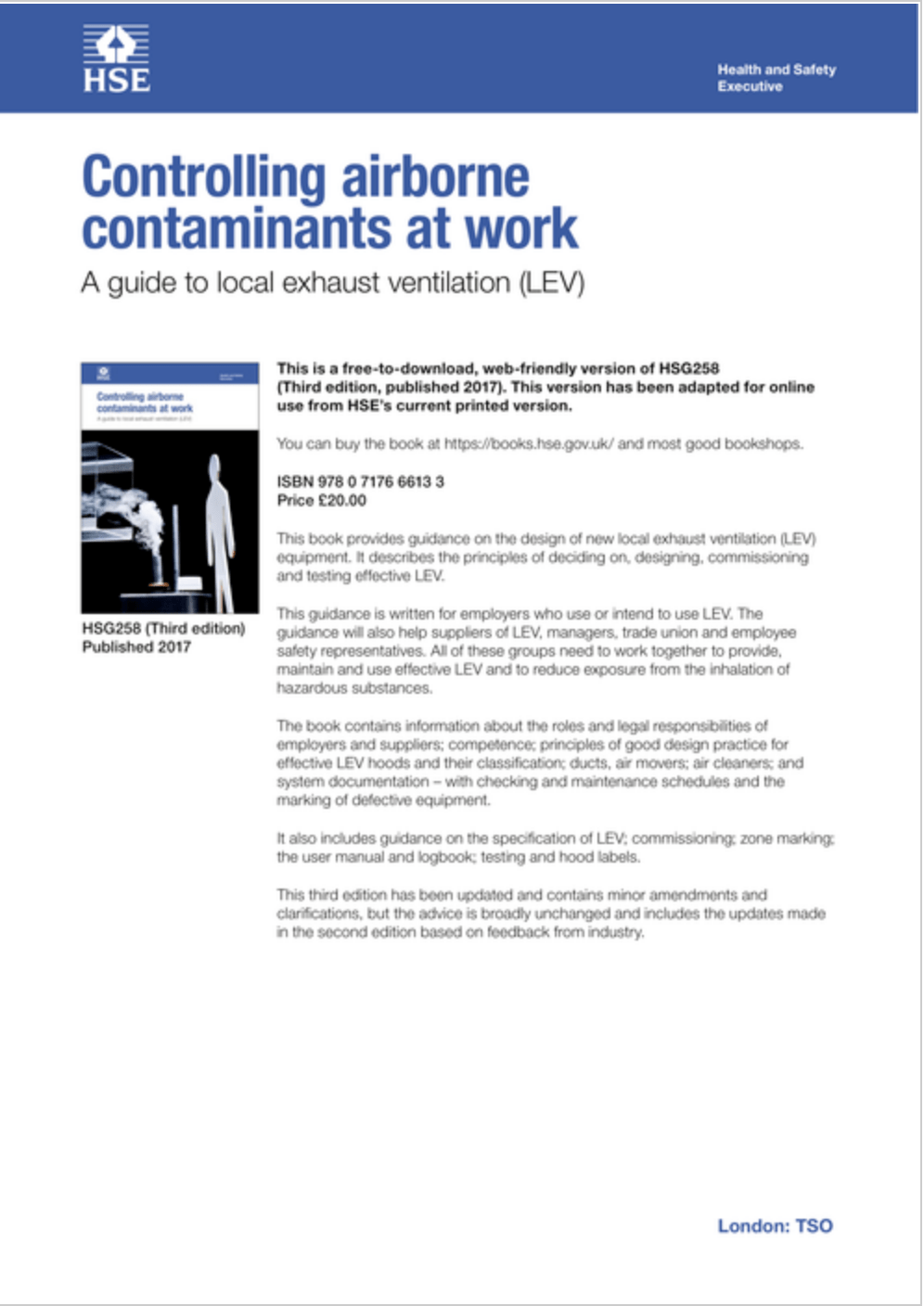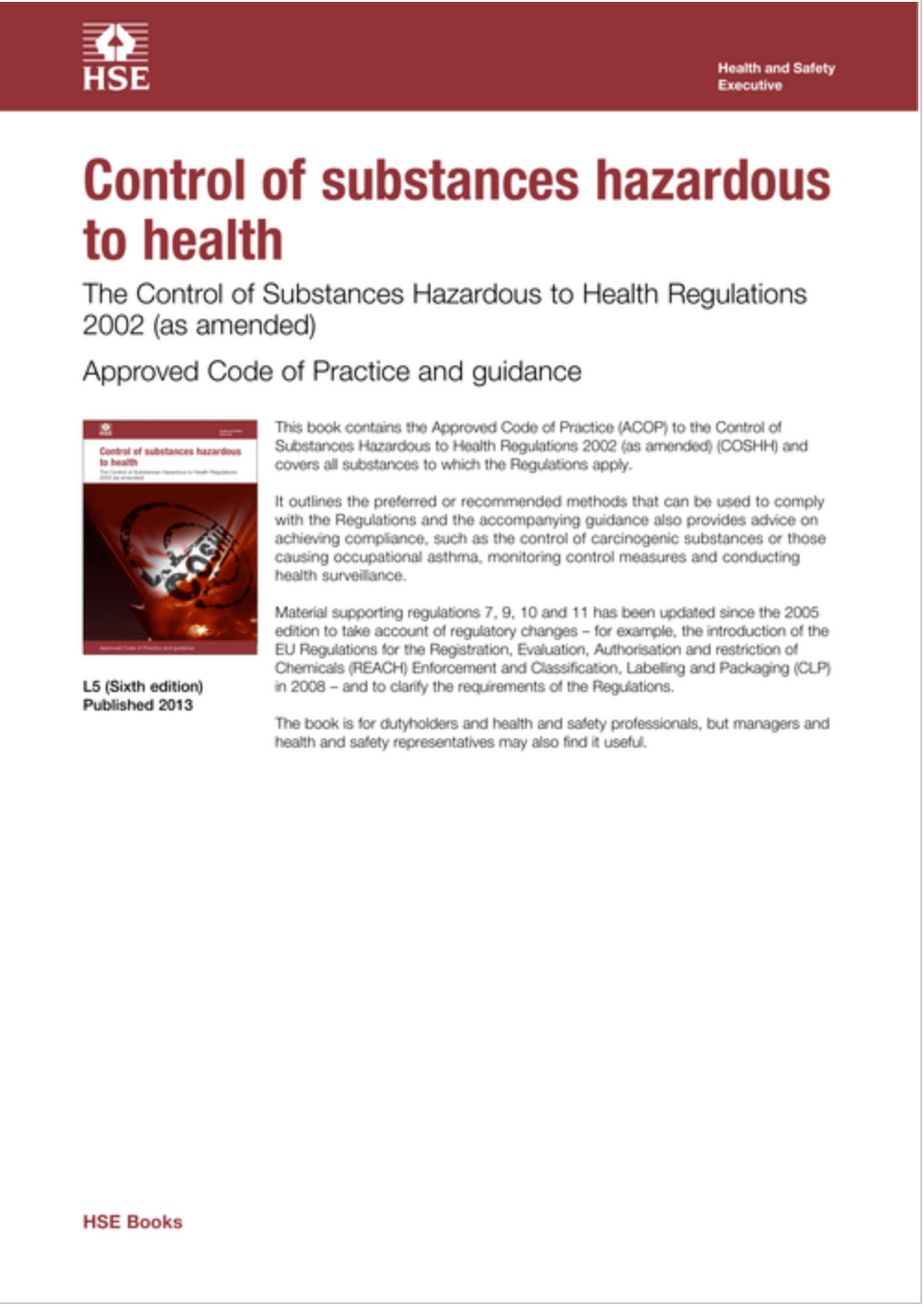LEV Testing
COSHH guidance HSG258 Section 10 dictates the frequency and requirements for LEV testing. Recommendations are for LEV systems to be tested annually, or at least every 14 months with some processes, such as metal grinding requiring testing more frequently. The examination and test must be carried out by a suitably qualified and competent person.
McCarthy Environmental Ltd are leaders in the examination and testing of Local Exhaust Ventilation and extraction systems used for the control of substances hazardous to health.
We provide a comprehensive, national COSHH/LEV examination and testing service as defined by HSG258 guidelines, to ensure correct function, efficient operation and continued compliance for all your extraction and LEV systems.
All our LEV examiners hold a current British Occupational Hygiene Society P601 Proficiency Certificate in Initial Appraisal and Thorough Examination and Testing of LEV Systems.
Helpful Downloads
Our Thorough Examination and LEV Test includes:
- Thorough visual and structural examination
- Measure of technical performance
- Assess control effectiveness
- Produce and issue to you an HSE compliance report, including photographs and any recommendations relating to system performance.
- Provide recommendations, advise of any remedial works required and where possible, provide a quotation to carry out works and re-assess the systems on completion.
- Hold an electronic copy of your COSHH LEV report for five years, as required by HSE under their COSHH LEV requirements.
The thorough examination and test will measure the control effectiveness of your LEV systems. The test includes air flow and pressure measurements which are then compared to the commissioning report, issued when the equipment was installed. The control effectiveness will be demonstrated to the user by means of a smoke test or Tyndall lamp. A test label will be attached to each machine indicating the date of the test and the next LEV test due date. A “Failed” label will be attached to any equipment which fails to meet the regulations and use of the equipment should be ceased until a repair has been facilitated
COSHH Documentation
A test report is compiled for each LEV system. This will include the engineer’s findings, air flow measurements and the condition of the examined components. Any recommendations by the engineer will be included in the report, along with the filter condition and replacement record.
Your LEV systems will need to be monitored regularly to make sure they are working. When the engineer visits, the necessary information will be given to you on how to maintain your systems and the regular checks which you should be carrying out.
Upon completion, a Certificate of Compliance is issued which states that the equipment is suitable and fit for the purpose of effectively controlling the hazardous material. It is important to note that adequate LEV records and reports must be prepared and held for a minimum of 5 years.
Scope of works for thorough examination and LEV testing:
Our engineers will comply with your Quality Control and Health & Safety Procedures at all times. We will provide Risk Assessments and Method Statements on request.
1 – Thorough visual and structural examination:
- To include mechanical inspection and adjustment where necessary of captor arms and filter units, inspection of fan housings, casings and rotation check.
- Visual inspection of duct systems, fixed hoods and enclosures.
- Fan drive belts to be tensioned or replaced as required.
2 – Measure of technical performance:
- To include schematic drawings of LEV systems indicating relevant test points.
- LEV records will detail face and transport velocities and volumes, static pressure readings in duct systems, across fans and filter units and capture ranges of hoods and captor arms.
- Each LEV point will be subjected to a smoke test and observation of the process will be carried out with a dust lamp and the results recorded on the LEV record.
3 – Assess control effectiveness:
- LEV records will detail the overall effectiveness of each system, recommended working practices and any necessary repairs or modification required.
- Each LEV system will be identified by a label detailing LEV number, test and retest dates and examiners initials.
- Each hood, captor arm or other inlet type will have a Pass or Fail label affixed in a prominent position.
Our attention to detail whilst carrying out examinations and LEV testing is paramount. If your LEV system does not comply, our engineers will highlight any defects or poor system performance and advise on any remedial works. We will provide a quotation for any necessary remedial work and re-test for compliance upon commissioning. Should your LEV system be beyond economical repair, we will recommend a suitable replacement system.
To book your LEV test or find out more call us on 01604 635333 or email enquiries@mccarthy-environmental.co.uk



